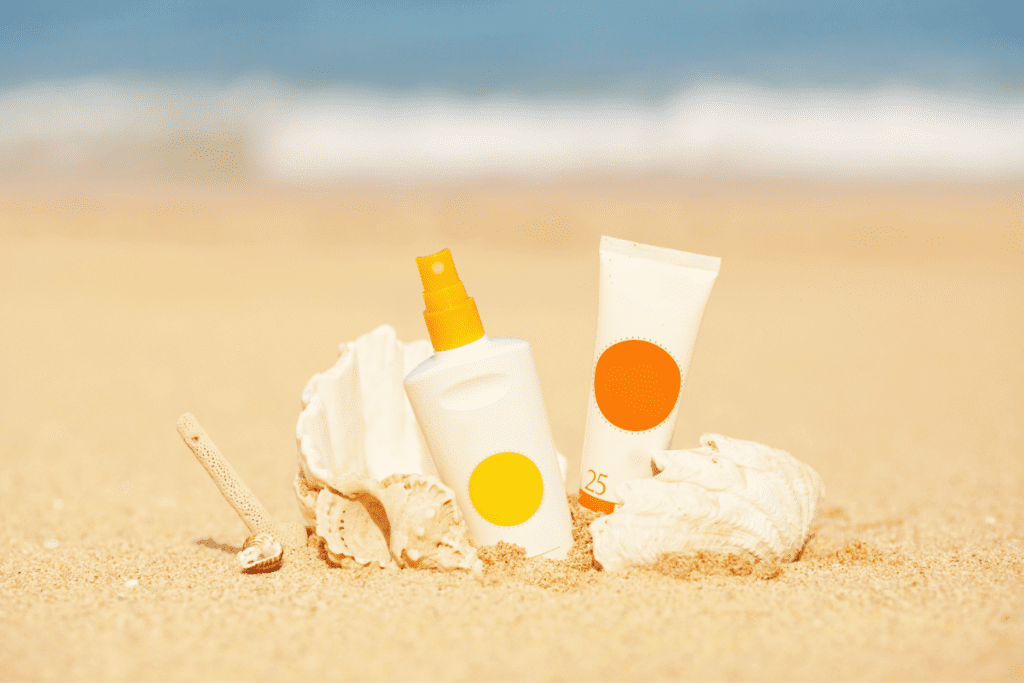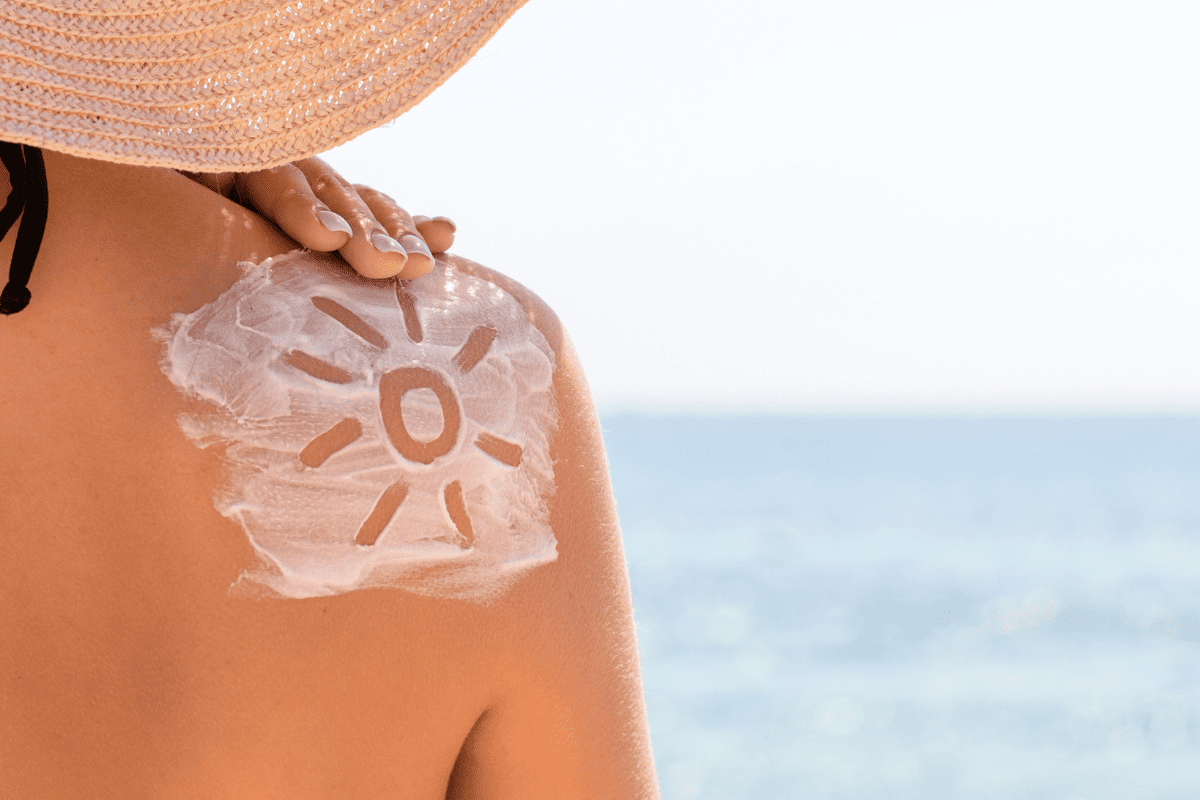As we soak up the warmth and sunshine of summer, it’s essential to prioritize our well-being and protect ourselves from harmful chemicals found in everyday products. From sunscreen to bug spray, these summer essentials can sometimes contain chemicals that pose potential health risks. Fortunately, there are safer alternatives available that allow you and your family to enjoy this season to the fullest. Here is a guide on how to enjoy the sunshine and outdoors without compromising your health!
Summer’s scorching sun calls for diligent protection, leading us to slather on sunscreen to shield our skin from harmful UV rays. But are we getting burned by toxic chemicals in our sunscreen and misleading labels instead? It’s disheartening to discover that the products we rely on for safety could potentially expose us to hormone-disrupting chemicals!
Misleading Labels: Unfortunately, misleading labels can make it challenging to discern whether a sunscreen is truly safe. Buzzwords like “natural” or “hypoallergenic” can be misleading, as there are no standardized regulations defining these terms in the sunscreen industry. It’s crucial to look beyond the marketing claims and scrutinize the actual ingredients list.
Harmful Ingredients in Sunscreen
Many conventional sunscreens on the market contain ingredients that can be detrimental to our health. Studies have even detected sunscreen chemicals in breast milk, so developing fetuses and newborns may also be exposed to the chemicals we put on our skin. The most harmful chemicals commonly found in sunscreen products are:
- Oxybenzone: This chemical is frequently used as a UV filter in sunscreens and has been linked to hormone disruption, allergic reactions, and even coral reef damage. Oxybenzone is also one of our Toxic Ten chemicals to avoid in skincare products.
- Octinoxate: Often found alongside oxybenzone, octinoxate has also been associated with hormone disruption and adverse effects on marine ecosystems.
- Other harmful chemicals to avoid include: homosalate, octisalate, and octocrylene. Homosalate has the ability to interfere with the hormones estrogen, androgen, and progesterone, and it also produces harmful byproducts. Octisalate has been found to penetrate the skin, and octocrylene is known to cause allergic reactions in many people.

Healthy Tips for Sun Protection
To protect yourself from potential harm from the summer sun, consider the following tips:
- Look for mineral sunscreens that contain zinc oxide or titanium dioxide as active ingredients. These mineral-based compounds create a physical barrier, reflecting and scattering UV rays away from the skin, without penetrating or disrupting the body’s hormone balance.
- Broad-Spectrum Protection: Choose sunscreens with SPF between 30-50 and ensure that it provides broad-spectrum protection against both UVA and UVB rays.
- Watch out for Vitamin A (in the form of retinol, retinyl palmitate, and Alpha Hydroxy Acid). Vitamin A is an antioxidant that is believed to slow skin aging, but it may speed up the development of skin tumours and lesions when applied to the skin in the presence of sunlight.
- Be mindful of timing: Try to limit time in the sun between 10 am and 2 pm, when the sun is at its most intense.
- Certified organic products: choose sunscreens that are certified organic and do not contain “fragrance/parfum” While these terms are not foolproof, they often indicate a commitment to avoiding potentially harmful chemicals like parabens and phthalates.
Remember to reapply sunscreen every two hours, even if you are using sweat/water-resistant or high-SPF sunscreen. This ensures continuous protection against the sun’s rays.
Next: Preventing Bug Bites Naturally: Non-Toxic Ways To Keep Insects at Bay








